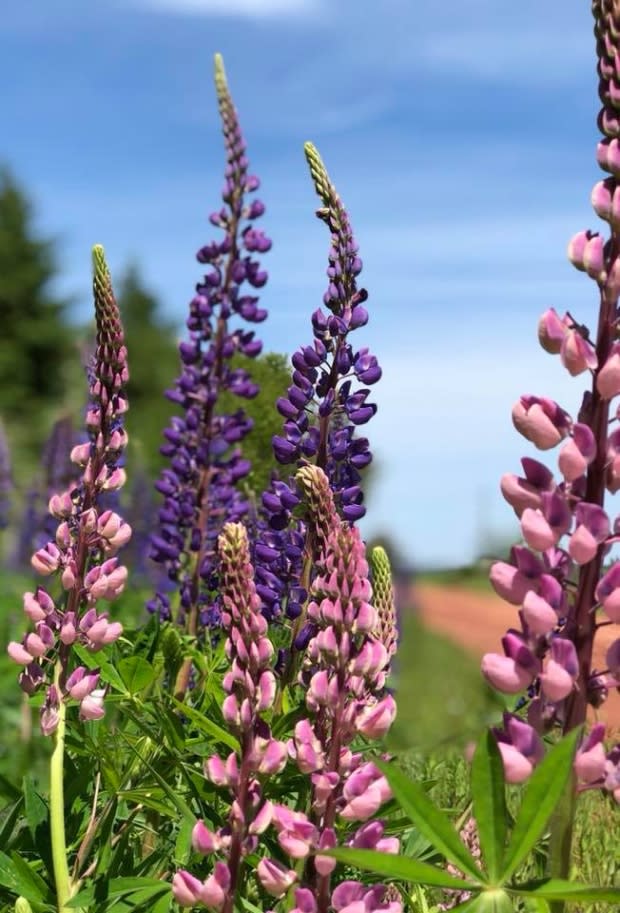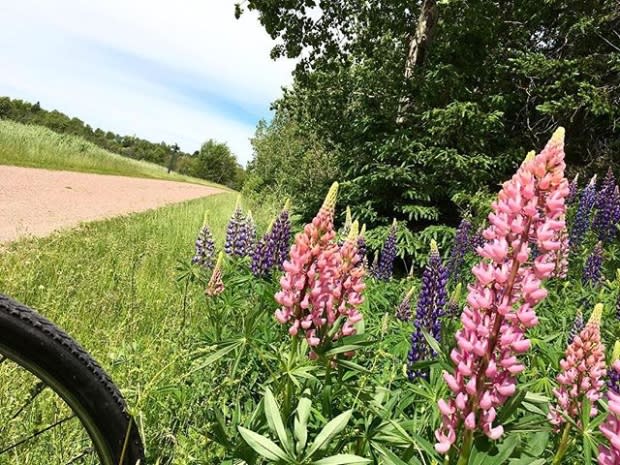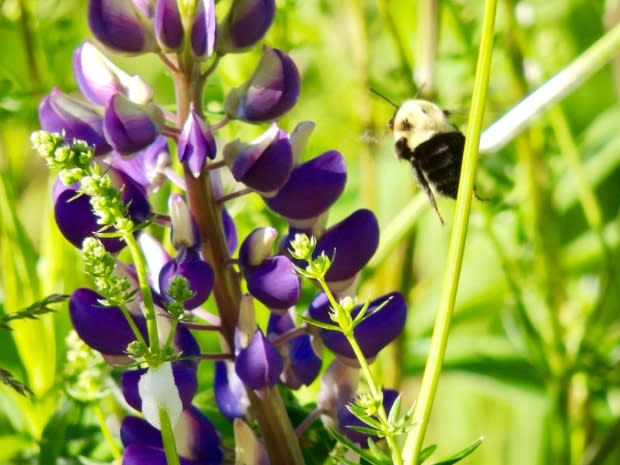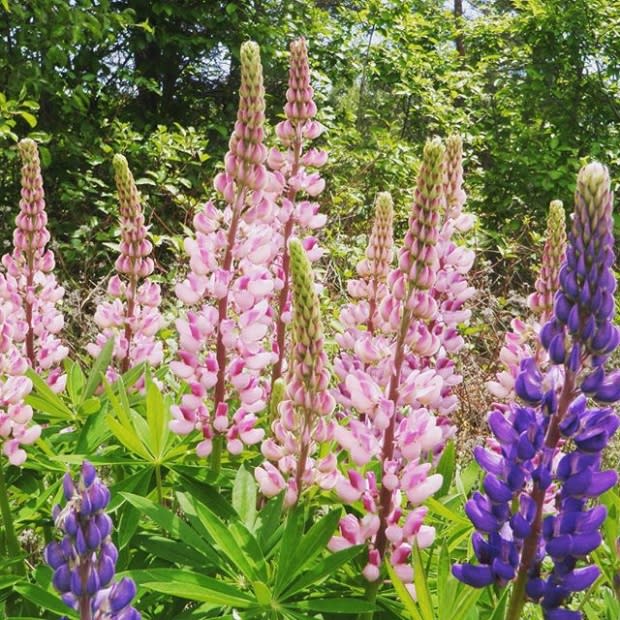5 cool and quirky things about lupins on P.E.I.
P.E.I. will soon be dotted with bursts of pink and purple in fields, along roadsides and ditches.
Lupins usually make their annual appearance around the end of June and last until around the mid-summer.
While many find them beautiful to look at, the provincial government considers them a weed and invasive species.
Karen Samis, an evolutionary ecologist an adjunct professor at UPEI, published an article in Island Magazine with the late Boyde Beck about the natural history of lupins on P.E.I.
CBC News spoke with Samis and, based on our interviews, here five cool things about lupins.
They're not native to P.E.I.

Most lupins are native to western North America.
"How did lupins from western Canada get out here? Mostly by escaping gardens and from people spreading seeds," she said.
"Probably some people brought it east with honourable, well-intentioned plans to have this pretty lupin that they found out west growing in their gardens."
Blue lupins were used on experimental farms by the Department of Agriculture in the early 1900s to test their benefits in an agricultural setting.
"Probably some of that material, whether through pollinations or seed, escaped out of those experimental farms."
Russell lupins, a horticultural variety created through breeding for strong plants and pretty flowers, also likely spread through garden escapes, she said.
They thrive on P.E.I.

Not just on the Island, but parts of New Brunswick, Nova Scotia and Newfoundland, as well.
They like the acidic soil, and especially thrive in ditches — which is common for non-natives or weeds.
"They do well under conditions that many types of plants don't do well in," she said.
Their seeds spread quite easily when the they are ready, which will be toward the end of July or in August.
The seeds are projectiles, distributed out of the seed pods, and that method leads to them spreading good distances from their mother plant, she said.
Bees love them

Lupins are pea flowers, and pea flowers are "exceptionally cool," Samis said.
The way that a bumblebee has evolved with legumes, to land on that flower and then trigger the anthers — which is the male part of the flower — to pop out and pick up pollen, "it's a really beautiful thing," she said.
She said it's interesting to look up close at a lupin flower and try to figure out how it works.
"It's very easy for bees, it's a little bit tricky for us to figure them out if we don't already know what to do."
They're good for the soil

Plants in the legume family, such as lupins, are nitrogen fixing, Samis said.
We need nitrogen fixing bacteria that live in the soil to help convert nitrogen from the atmosphere into something that can be used to make organic compounds like DNA and amino acids, she said.
"Plants in the legume family have a special relationship with nitrogen-fixing bacteria. The bacteria live in the roots of legumes and then through that association the bacteria are able to take that nitrogen from the air and fix it into something usable for growth and for biomass production. That's all part of the nitrogen cycle."
And if you want to grow your own ...

The easiest way is simply to plant the seeds, Samis said.
"Grab seed pods at the end of the season, after they turn black. You can tell the seeds are mature if the pods sounds like a rattle when you shake it."
You could dig up plants, she said, but you should do it very early in the spring when they are still small.
More P.E.I. news


